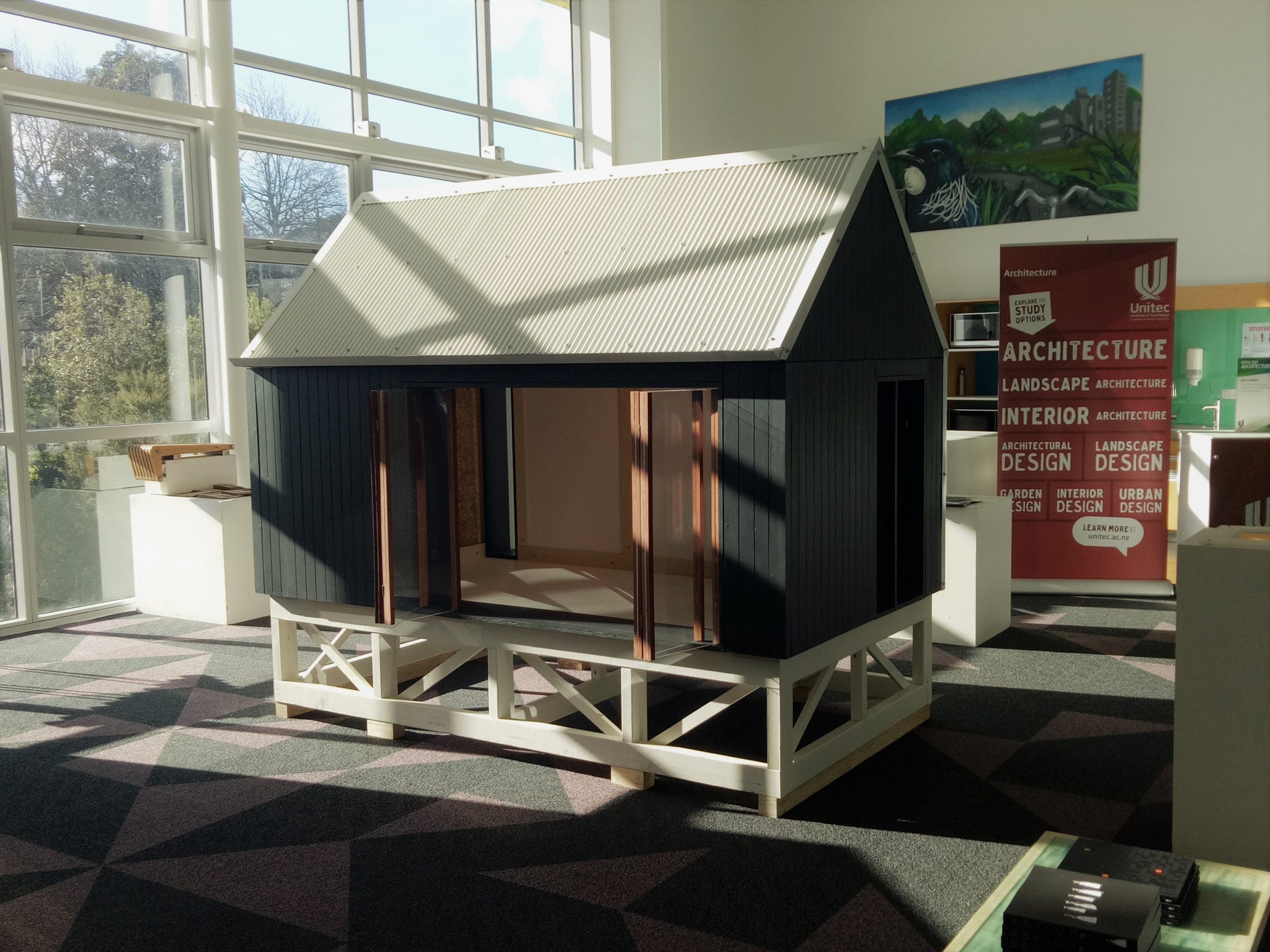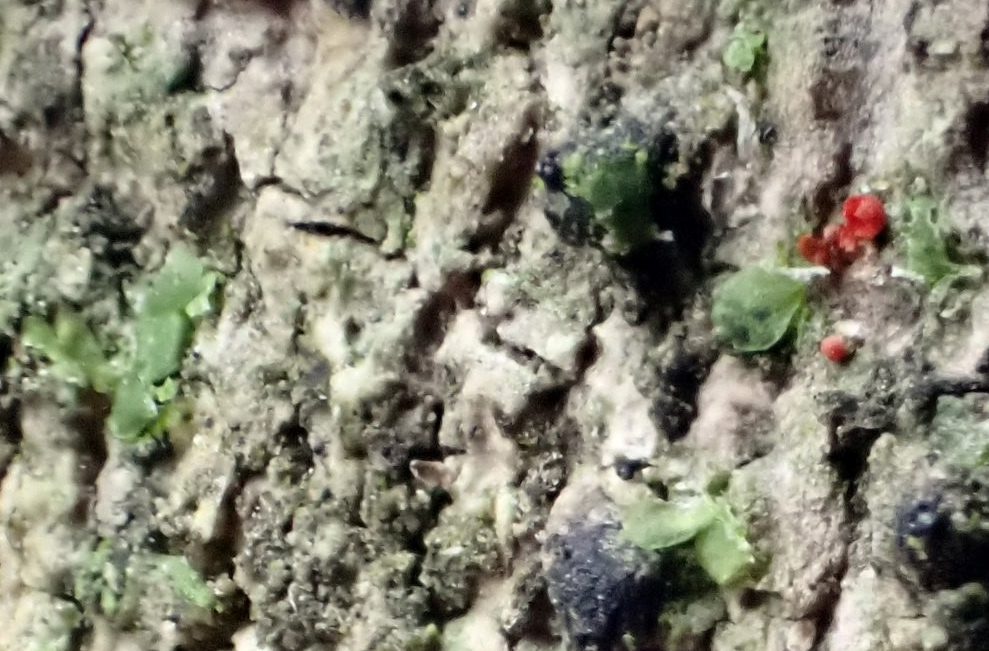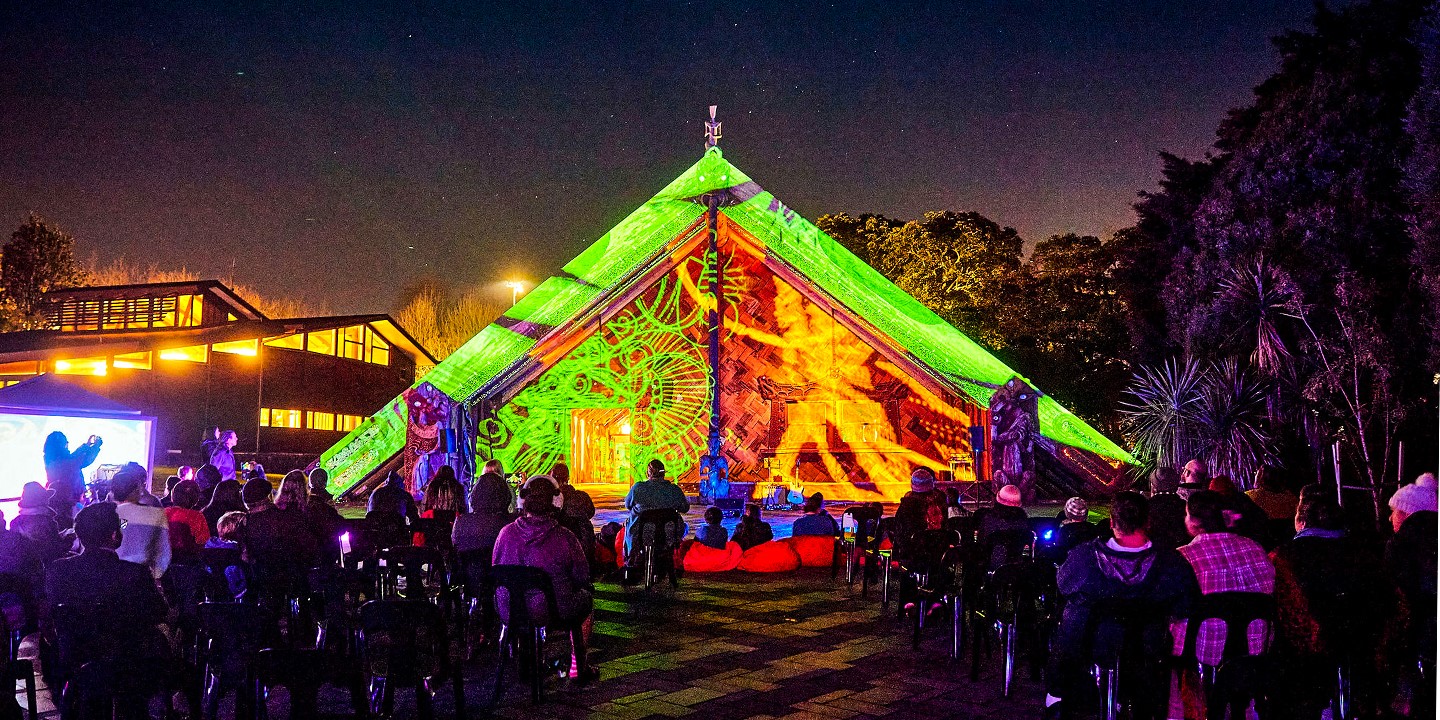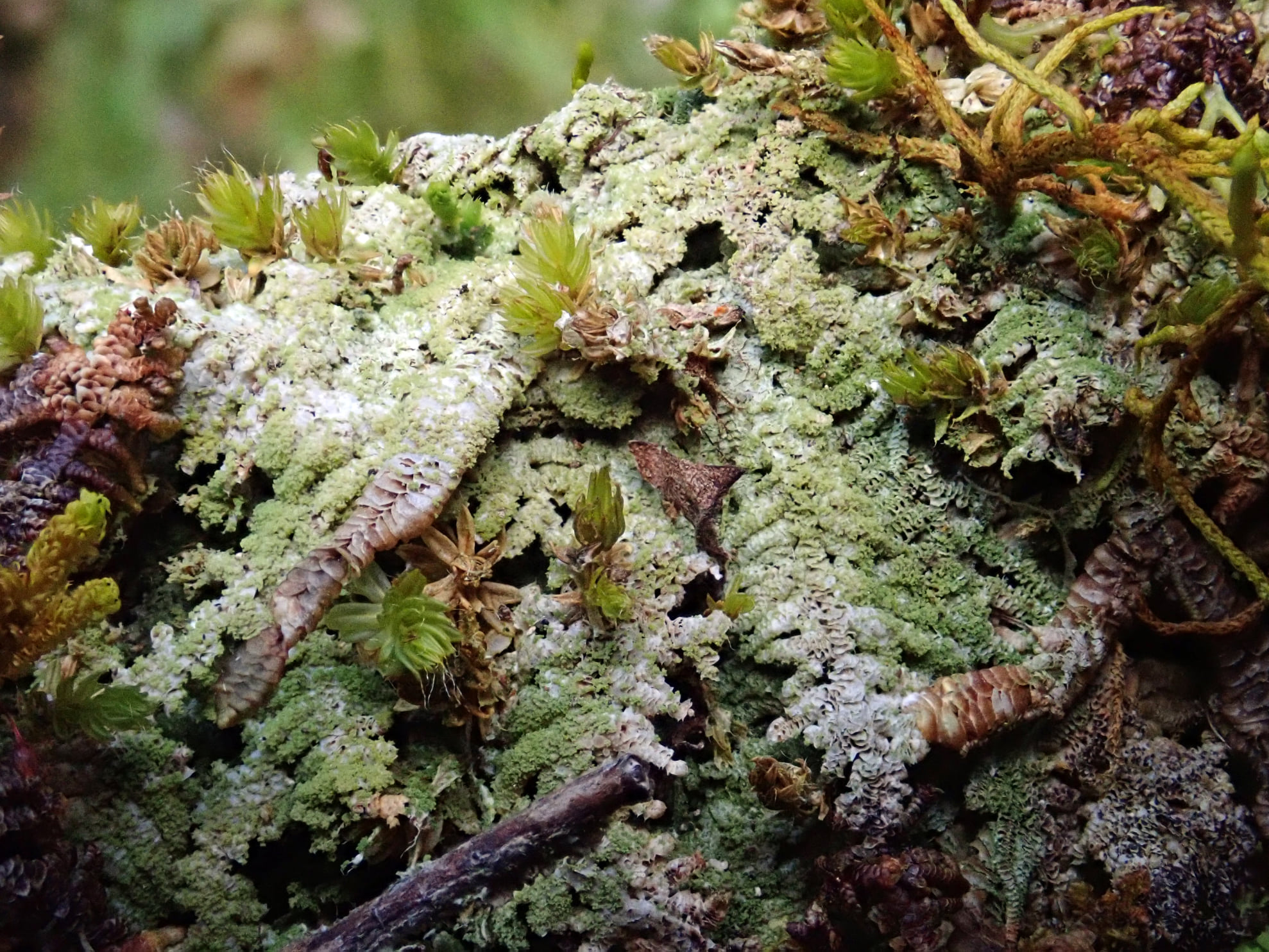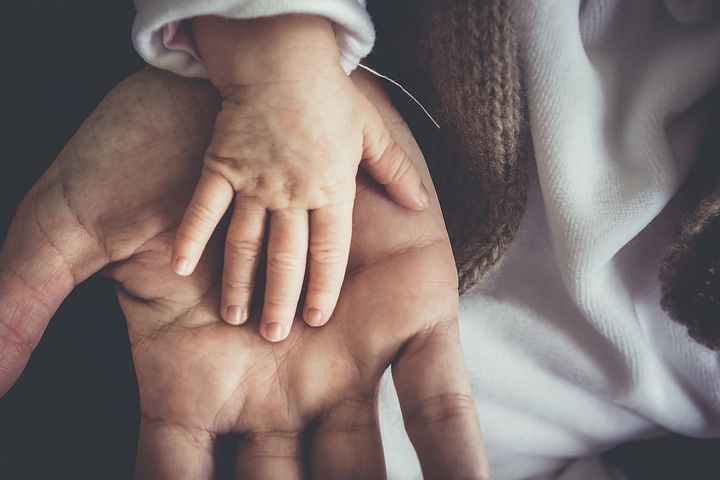Min Hall, a Lecturer at Unitec’s School of Architecture, was awarded Early Career Researcher Fund (ECRF) grants for both 2019 and 2020. These awards have enabled her to focus on Project Pātūtū, in which she is the lead researcher investigating the development and use of prefabricated timber-framed, straw-insulated panels for house construction.
Straw is an abundant resource in Aotearoa. As a by-product of grain production, it has low commercial value – often as low-grade animal feed or in horticultural use – and 20-40% is simply burned off in the paddock after harvest. Research into the use of straw as a sustainable and self-sufficient building material is timely as we face the urgent need for more housing at the same time as the need to steeply reduce our greenhouse-gas emissions in order to meet targets for sustainability. Min says, “My big-picture concern is for the greenhouse emissions of the building industry.” The fact that the total greenhouse-gas emissions created in the production of conventional building materials can be spread (in carbon-accounting terms) over the projected lifetime of a building does not alleviate the upfront costs to the planet right now, at the time of manufacture.
In partnership with the Foundation for Arable Research (FAR), who supplied the data, Min discovered that Aotearoa produces enough straw that doesn’t have a projected use to build the walls for 2000 stand-alone houses per year. That represents 20% of the total build of 10,000 houses per year. As Min says, “It’s significant. It’s worth having an industry for.” Min has presented her research in a paper (also published in proceedings), “Counting Straw: The capacity of New Zealand’s grain growing sector to supply straw for construction”, at the Architectural Science Association’s 2019 conference.
Project Pātūtū has involved postgraduate students as research assistants at each of its two stages, reflecting the importance at Unitec of aligning teaching and research with the content of courses, and creating real-world opportunities for students. Min says, “I had two research assistants for Stage 1, who were involved for a semester each. A third is involved this year. Patrick Walmsley assisted with sourcing materials and initiating the literature review. Alex Anderson assisted with the drawings and is also involved with Stage 2. Kate Olsen has received an industry scholarship to do a comparative study on the thermal performance and/or the carbon footprint of the wall panels for Stage 2. That works starts next semester and goes through to 2021.”
Though the ECR grants mean Min’s studio teaching has been covered by part-time staff, giving her the time needed to devote herself to in-depth research in a long-term, student-integrated project, she has been involved in an elective, Resource Matters, with colleague Magda Garbarczyk. In 2019 the students built a 1/3-scale structure, using prefab straw-bale panels. The project, titled Straw into Gold, was presented at BuildNZ, a design and building trade exhibition, and profiled in an article on Min’s research in FAR’s magazine, From the Ground Up. Kate Olsen, now one of Min’s student research-assistants, took the elective as an undergraduate in 2019. Five students from the elective also attended the Earth Building Association Conference in Cromwell in November 2019, and did a brief presentation of the project there. Min says, “For the undergrads…their interest in sustainable architecture and the place of low carbon materials has been ignited! I expect we will see final-year Master of Architecture Professional projects over the next two or three years that reflect that interest. I also think the students got a huge buzz out of the interest shown at the trade show and their ability to engage with others in the industry and to be able to effectively articulate the why and how of using low-carbon materials.” You can see video of the project here StrawtoGold.mp4, created by student Khamis Shiblaq, from still images provided by the group.
These straw-insulated prefab panels have great potential for use by community and iwi groups interested in participating hands-on in the construction of their buildings. Project Pātūtū will continue and develop, as Min is in discussion with several iwi groups who have expressed interest in partnerships.
